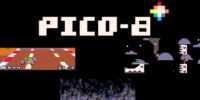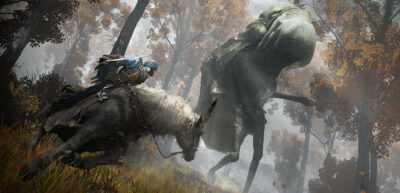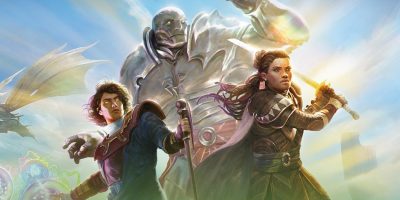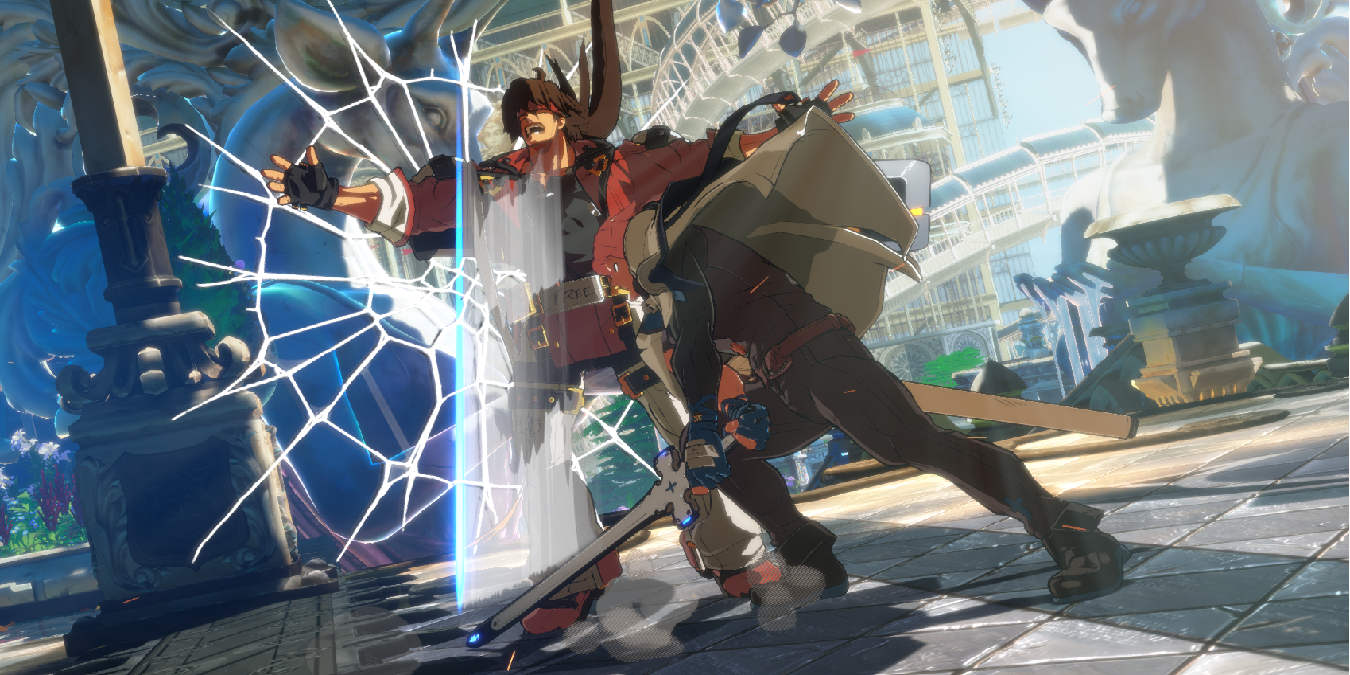
If you’re a beginner, fighting games can have one of the hardest learning curves to climb through. Sure, there’s plenty of fun in just mashing buttons against your friends. But it’s a pretty humbling experience when you take the bold step from your buddies in your bedroom to the online realm and get pummeled by the first challenger you face. The key is plenty of practice and setting yourself up for success.
With that in mind, here’s a guide to get better at fighting games.
Get Comfortable with Blocking
Simply put, stop pushing buttons and block.
Simple, right?
If you are still in the button-mashing phase, this is the most important lesson to learn. Every other fundamental will build off of it. Get comfortable with blocking instead of just attacking all the time. Blocking more will curb your button mashing and force you to watch what your opponent is doing.
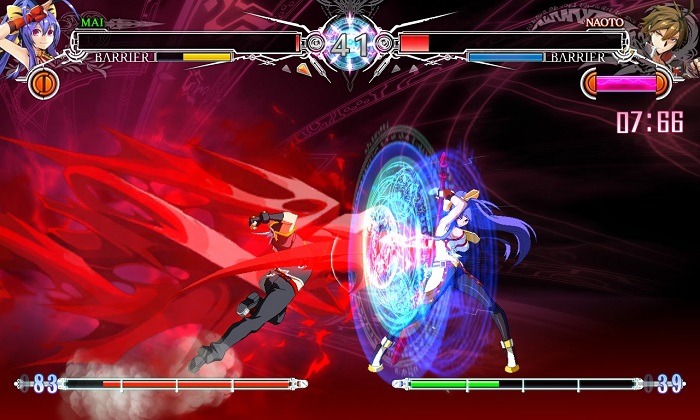
Once you start blocking, games will slow down and opportunities will open up to practice fundamentals. Your opponents have to stop mashing and rely more on grabbing or other ways to open up your defense. In turn, this will help you learn how to counter grabs, block your opponent’s mix ups, and how to start your own offense.
Taking the time to block also gives you time to think. You’ll have more opportunities to predict your opponent’s next move or get a feel for their habits.
Keep an eye out for your opponent’s moves that leave their character stuck in place for a long time – these are usually punishable. Once you identify these mistakes, choose fast attacks that will put in some assured damage before your opponent can recover. If you know any combos, this is the time to use them. Additionally, this ebb-and-flow of blocking and punishing will help you get a good sense of when to switch between offense and defense.
Learn The Basics
Everyone has to do this at some point. Whether you’re a veteran picking up new fighting games or a new character, or if you’re a beginner and this is your first game, you have to learn (and sometimes relearn) the basics.
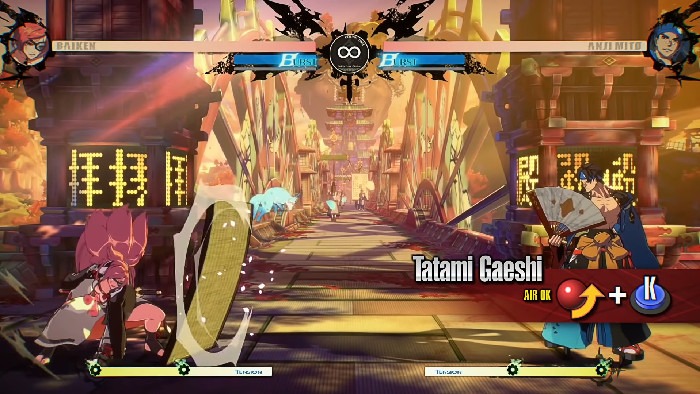
Start by choosing your favorite character and hop into the training room. Once you’re in, work through this checklist.
- Move list
- Basic combo
- Block options
- Pressure/Mix up options
Move List
Make sure to experiment with everything on the move list and get to know any special properties those moves may have.
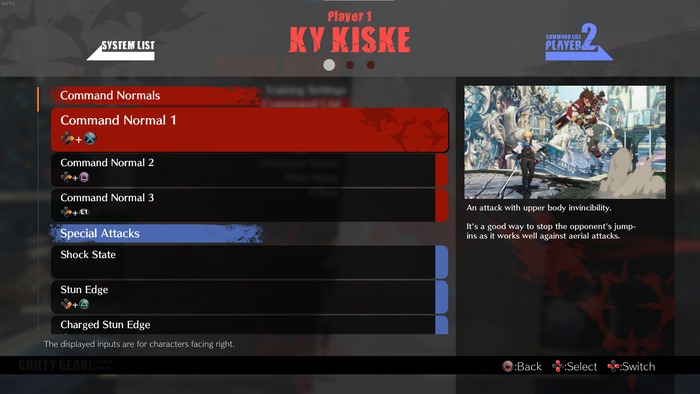
Make note of which moves your character has that are overheads (attacks that beat low blocks), lows (attacks that beat high blocks), grabs, or have some level of invulnerability. These are all useful tools you may need for specific match ups. Overheads, lows and grabs will also be practiced later in your training session.
Basic Combos and Links
Basic combos, or Bread-and-Butters (BnBs), are combos you can always rely on with your character. They can be as complex or as simple as you like, but they must be combos you can execute consistently.
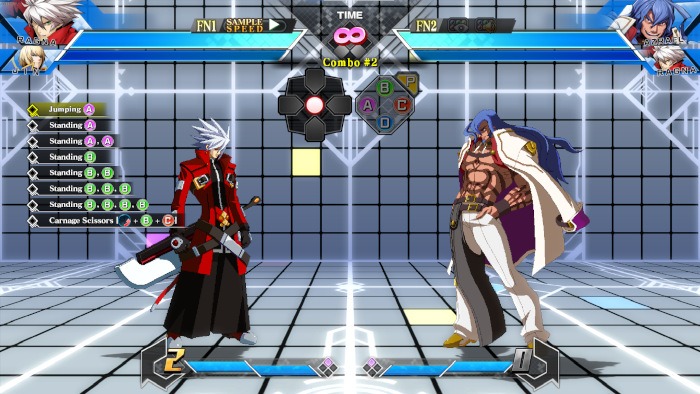
Players can discover their own combos through testing, but if your game has a mission/challenge system then do that first. Challenges will teach you both basic combos and more importantly, what moves link into other moves. Links are the basic building blocks of combos, and if you want to figure out your own combos later then take note of what moves link and how.
If your game doesn’t have a mission/challenge system that teaches you combos (RIP new Guilty Gear players), I recommend looking up combos online and see what other people have discovered.
Block Strings
Block strings are moves you should be inputting when you hit someone’s block. These attacks will either keep you safe, or put your opponent into a guessing game.
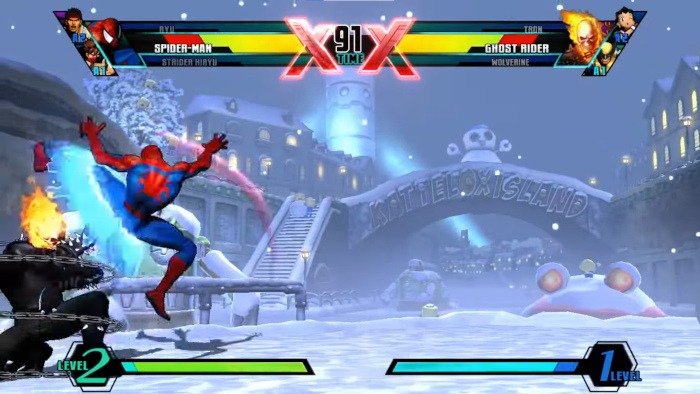
To check for block strings, set the training dummy to block all attacks. After that, set the dummy to a fast attack or a reversal. Now you can attack the dummy and see what gets you punished. This will teach you what you can and can’t get away with, and how you should end your combo strings for safety.
Pressure/Mixup Options
Once you’re comfortable with some block strings, set the dummy to block all low attacks without hitting you back. Practice weaving in overhead attacks and low attacks to your block string. These will give you tools to open up your opponent’s defense by forcing them to guess either a high or low.
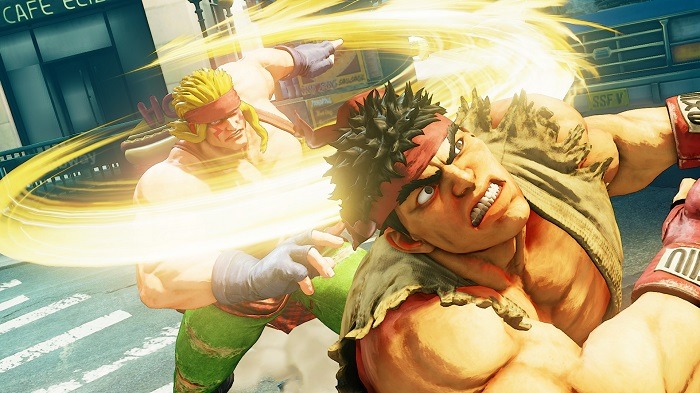
Then there are crossups. This is what happens when your character jumps to the other side of your opponent, forcing them to switch their block from left to right. Combined with overheads and lows, crossups can be devastating for your opponent to keep track of.
Pay Attention To Neutral
Neutral is the moment where no one has the advantage or a disadvantage. In other words, no one is being forced to block attacks or deal with pressure strings or mix ups. Both players in this scenario are trying to figure out how to land a hit and pressure their opponents from that point. Fighting games start in neutral, which means learning how to successfully win in this state will give you an early advantage.

Neutral is one of those concepts you can’t practice in the training room. In fact, the only way to practice it is to play as many people as possible. The way you navigate neutral will change from opponent to opponent and character to character. It’s why the best thing you can do is pay attention to what tools consistently help you land that first hit, and which ones only shine in niche moments.
If you want something to practice in the training room, then practice hitting opponents with the tip of your safest, longest-ranged attacks. These moves are known as pokes and will help you either bait your opponent into a mistake, or punish spacing errors. For some characters, they can also be an easy way to land a hit in neutral or force a mixup on your opponent. Practicing these will help ingrain your character’s maximum range into your memory and get you used to following up when they land.
Take your problems to the Lab
When you play against other people, you’re going to run into a crazy number of strategies and some of them will drive you up a wall. An example is losing to someone who sits at full screen and just spams fireballs at you. It happens to everyone and don’t worry, it’s part of the learning process.
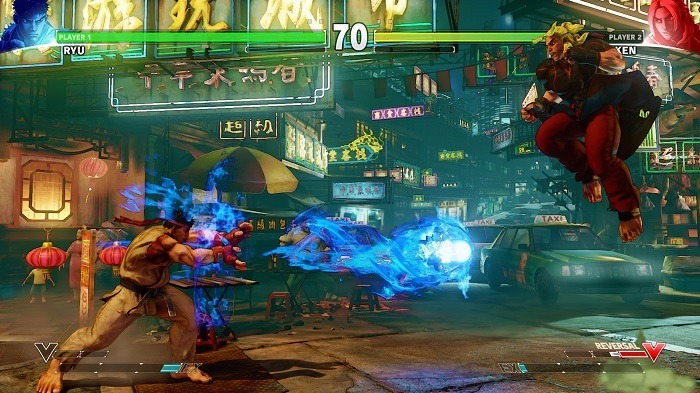
Don’t despair at the loss, rejoice at the learning opportunity. While you’re getting your rear-end handed back to you, make note of everything your opponent is doing that you don’t know how to counter. After the game, jump into the training room, set the bot to perform the scenarios that are troubling you and practice solutions.
This may sound like an obvious fix, but it’s still an important habit to build if you want to get better at fighting games. Addressing frustrating strategies and brewing up your own answers will help keep these games fun for you and also keep you on the steady path of improvement.
Still have some fight left in you? Take a look at the best Platform Fighting games of 2022, or the best competitive FPS games in 2022.




